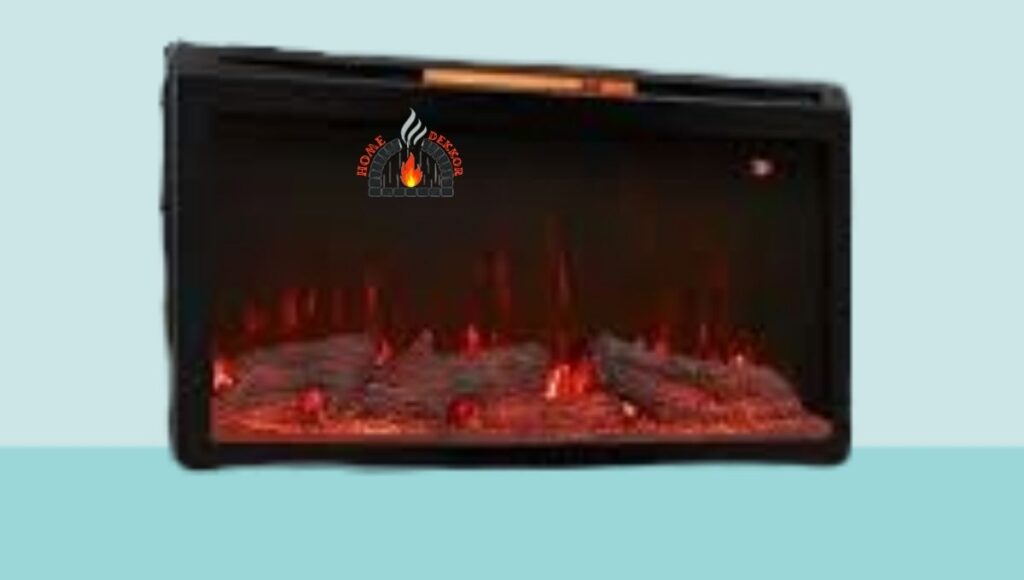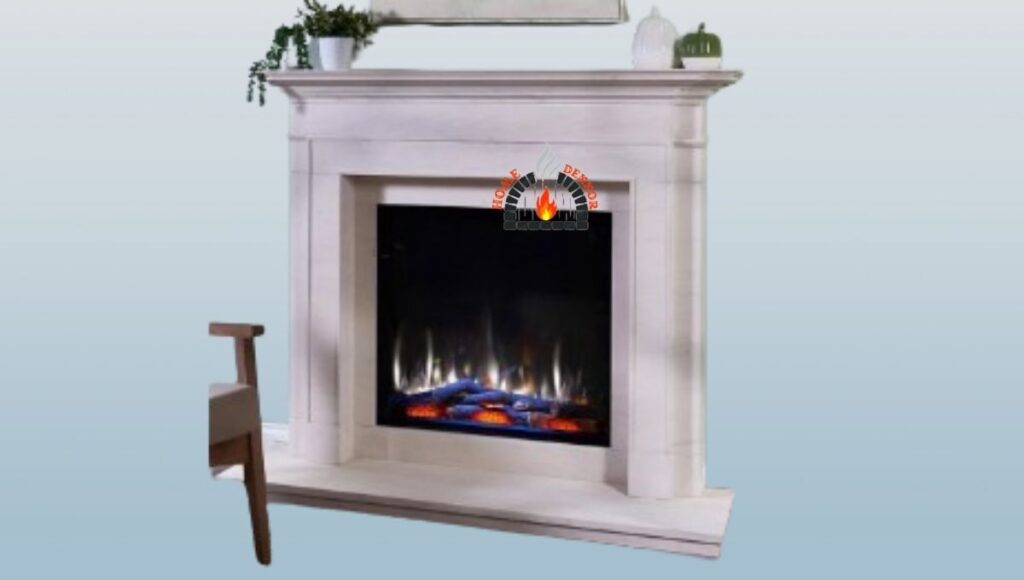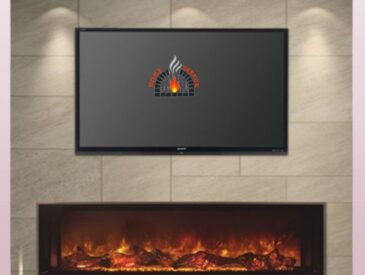The Role of Pilot Lights in Fireplaces: Pilot lights have long been associated with traditional fireplaces, serving as the ignition source for a warm and inviting blaze.
But what about electric fireplaces? Do they require a pilot light to function?

This article delves into the intricacies of pilot lights, focusing on their absence in electric fireplaces and the unique mechanisms that power these modern heating solutions.
Why Electric Fireplaces Don’t Need Pilot Lights: Electric fireplaces operate on electricity, rendering the need for a pilot light obsolete.
Unlike gas fireplaces, which rely on a constant pilot flame to ignite the main burner, electric fireplaces generate warmth through innovative technology without the use of an open flame.
The Functionality of Pilot Lights: To comprehend the significance of pilot lights, it’s essential to understand how they function in gas fireplaces.
These small, usually blue flames serve as a continuous ignition source, ready to kindle a larger fire when activated.

The Operation of Pilot Lights: A pilot light sustains a modest gas flame within a narrow tube, ensuring that the thermocouple remains warm.
The thermocouple, a vital component, generates energy based on temperature differentials, thereby facilitating the operation of the gas fireplace.
Electric Fireplace Heat Generation: Electric fireplaces harness electricity through wall outlets or the home’s wiring system. This energy powers either hot coils or radiant heat technology to create warmth within a room.
Related: Protecting your things from Electric fireplace
The Coil Method: Metal coils or ribbons heat up and warm the surrounding air, which is then circulated into the room.
Radiant Heat: Infrared light emitted from the unit warms objects and surfaces.

Pilot Lights and Gas Fireplaces: A pilot light finds its exclusive application in gas fireplaces, acting as the catalyst for a cozy fire. Unlike other fireplace types, such as wood-burning or coal, gas fireplaces rely on a pilot light for ignition.
Enhancements in Ignition Systems: Advancements in fireplace technology have led to the development of electronic ignition systems.
These systems operate the pilot light only when the fireplace is in use, addressing the inefficiencies associated with continuously burning pilot lights.
Locating the Pilot Light: For those with gas fireplaces, identifying the pilot light’s location is crucial. Typically situated beneath faux logs,

the pilot light emits a small blue flame that engulfs a component known as the thermocouple.
Troubleshooting Pilot Light Issues: Understanding potential pilot light problems is essential for safe and effective fireplace operation. From drafts extinguishing the flame to thermocouple malfunctions, this section provides insights into common issues and appropriate solutions.
Electronic Ignition Systems Unveiled: Electronic ignition systems revolutionize the fireplace experience, employing a circuit board to precisely control gas flow and ignition. The result is a swift and efficient fire-starting process.

Conclusion: Embracing Modern Fireplace Technology
In conclusion, while pilot lights remain a vital element in gas fireplaces, their absence in electric counterparts showcases the innovative strides made in heating technology.
Understanding the distinct functionalities of each type allows homeowners to make informed choices when selecting the perfect fireplace for their living spaces.

Enjoy the warmth and ambiance of your chosen fireplace with confidence, knowing that safety and efficiency are at the forefront of modern fireplace design.




